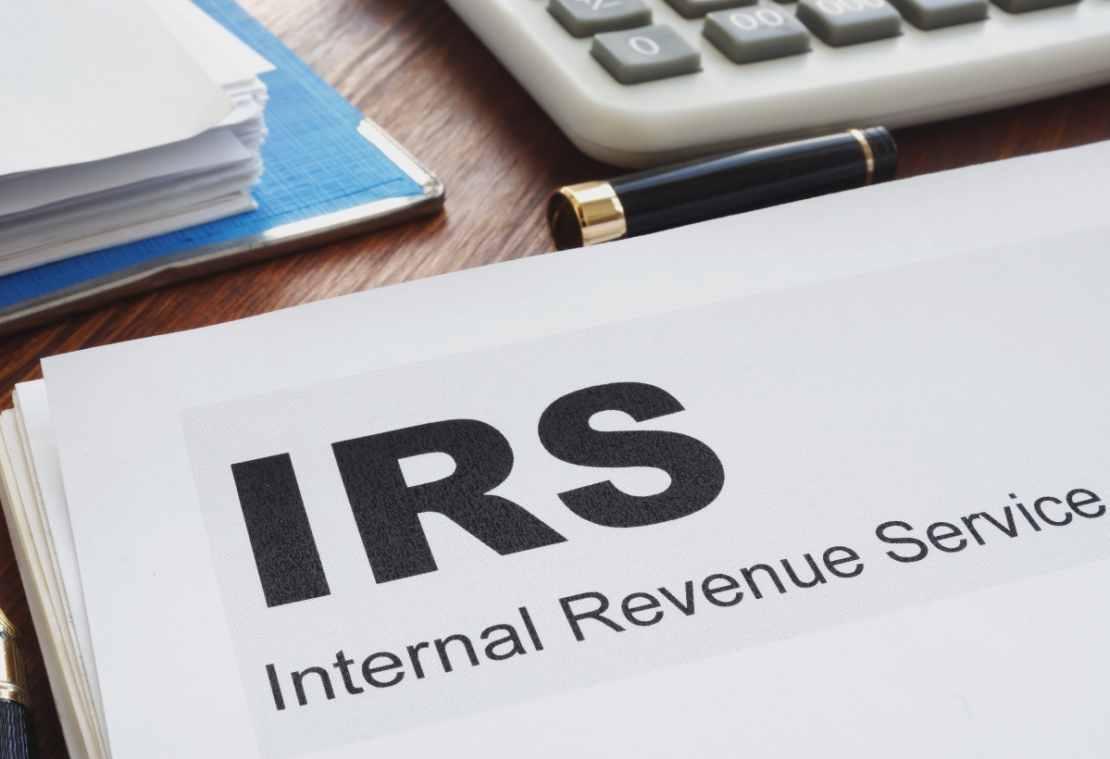You already know that the IRS pays close attention to the distinction between employees and contractors. But why? When it comes down to it, misclassifying workers is costing Uncle Sam big bucks in lost tax dollars. That’s right – not only does managing contractor allocation require an extra layer of care and oversight for your business, but there are also negative implications when income taxes get overlooked as a result of blurred lines between freelancers and employees. So what happens if your company finishes up on the wrong side of this complex and quickly evolving equation? Let’s take a closer look at the impact of worker misclassification and how you can stay out of trouble with the DOL and IRS by getting everything sorted out up front.
Understanding the Tax Gap and Its Increase
The tax gap refers to the difference between what the IRS expects to receive in taxes and what it actually collects in a timely manner. In October 2022, the IRS released an estimate on the tax gap that revealed a rise of over $58 billion from the prior estimate. This increasing gap is causing concern among taxpayers and policymakers alike. While there are many factors contributing to this trend, one of the main culprits is worker misclassification.
How does worker classification affect taxes being paid? It has to do with the difference between the reported incomes of workers classified as employees and those classified as independent contractors. “The JCT, in a May 2007 report, concludes when workers are classified as employees, more than 99% of wage and salary income is reported. By comparison, only 77% of gross income is reported when workers are classified as independent contractors and receive IRS Forms 1099-MISC, and only 29% of gross income is reported if no IRS Form 1099 is received,” writes JD Supra. When taxpayers are not accurately reporting how much money they earn, it results in significant losses for the government. To address this issue, the IRS has been stepping up its enforcement efforts and stressing the importance of proper worker classification.
How Misclassification of Workers Contributes to the Tax Gap
As the saying goes, “the devil is in the details.” This phrase certainly applies to the issue of worker misclassification and the tax gap. Misclassification of workers is a prevalent issue in today’s workforce that adversely affects both employees and the government. Many workers are classified as independent contractors, yet they’re treated like employees by their employers (which is where the economic reality test comes into play). A lack of income reported by misclassified workers results in the government missing out on Social Security, Medicare, and unemployment tax revenues. Additionally, the practice of misclassification is unfair to workers as it denies them access to unemployment benefits, workers’ compensation, and other benefits that they’re entitled to as employees. The misclassification of workers is a serious problem that must be addressed to ensure fair working conditions and tax compliance in today’s workforce and gig economy.
Benefits of Accurately Classifying Workers
Accurately classifying workers can deliver a multitude of benefits to both employers and employees. For one, it ensures compliance with labor laws and regulations, mitigating the risk of legal consequences and costly penalties. Additionally, it provides clarity on employee status, compensation, and benefits, fostering a sense of fairness and transparency in the workplace. This classification also helps in determining eligibility for various benefits, such as workers’ compensation, which can significantly benefit workers in case of an unfortunate event. Furthermore, accurate classification can provide insights into workforce planning, enabling employers to allocate their resources efficiently and effectively. Classifying workers correctly can lead to a happier, healthier, and more productive workforce; a well-managed workforce ensures that workers feel valued and supported in their roles. Ultimately, taking the time to properly classify workers is a win-win scenario for everyone involved.
Potential Penalties for Misclassifying Employees as Independent Contractors
Misclassifying employees as independent contractors can lead to serious consequences for employers. Not only can it result in financial penalties, but it can also damage a company’s reputation and lead to legal action. The potential penalties for misclassification can include fines, back pay, and legal fees. Additionally, if an employee is misclassified as an independent contractor, they may be denied benefits they are entitled to receive. Employers must take the time to properly classify their workers to avoid these costly repercussions. By doing so, they can ensure they are complying with labor laws and creating a fair workplace for all employees.
Ways to Avoid Penalties and Ensure Compliance with Regulations
In today’s world, complying with regulations is no easy task. There are numerous laws and guidelines to follow, and the penalties for non-compliance can be hefty. That’s why it’s essential for companies to implement strategies to ensure compliance. One effective method is to establish a compliance team, responsible for staying up-to-date with laws and regulations and ensuring that the company adheres to them. Conducting regular internal audits is also crucial in identifying potential issues and addressing them before they become bigger problems. Additionally, creating a culture of compliance within the company, where employees understand the importance of following regulations, is key. By taking these proactive measures, companies can avoid penalties and stay on the right side of the law.
If all of that sounds complex and like more work than you can handle, join the other leading brands and talent marketplaces use GreenLight.ai to navigate compliance minefields. We’re the global payroll platform with the world’s first AI-driven worker classification engine. If you have questions or concerns about your program, or just want a risk assessment, get in touch with our experts by scheduling a demo here.

